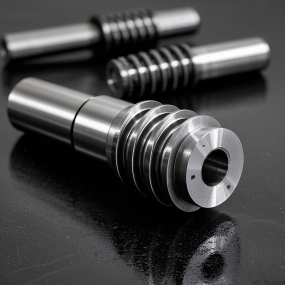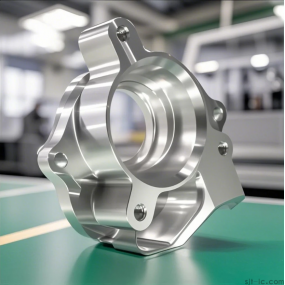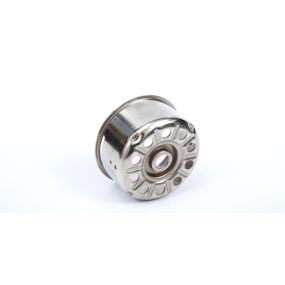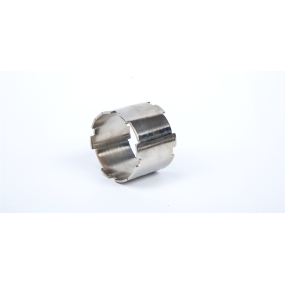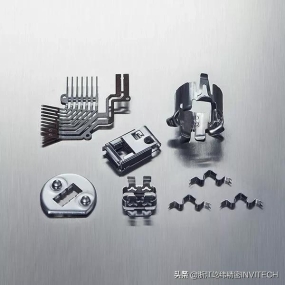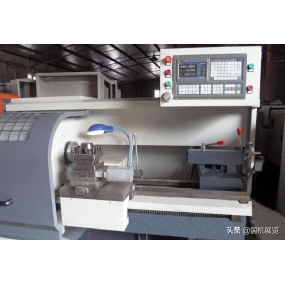The quality of precision Sheet Metal Processing is affected by various factors, and the following are some of the main factors:
1. Material selection: The selection of materials directly affects the quality of precision sheet metal processing. Different materials have different physical and chemical properties, which require different processing techniques and parameters. Choosing appropriate materials can ensure the strength, wear resistance, and corrosion resistance of the processed parts.
2. Equipment accuracy: Precision sheet metal processing requires high-precision equipment, such as CNC lathes, CNC milling machines, etc. The accuracy of the equipment directly affects the size, shape, and surface quality of the processed parts.
3. Process flow: Different process flows have different impacts on the quality of processed parts. A reasonable process flow can ensure the quality requirements of precision, surface smoothness, and dimensional consistency of the processed parts.
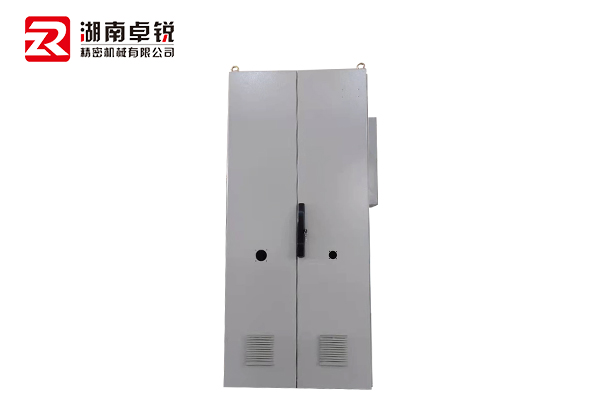
4. Mold design: Mold design is a key link in precision sheet metal processing, and the structure, size, and material selection of the mold will affect the quality of the processed parts. Reasonable mold design can improve processing efficiency and quality.
5. Operational skills: The technical level of the operator directly affects the quality of the processed parts. Proficient operating techniques can ensure the dimensional accuracy and surface quality of processed parts.
6. Environmental factors: The processing environment also has a certain impact on the quality of the processed parts. Environmental factors such as temperature, humidity, and vibration can affect the dimensional stability and surface quality of processed parts.
7. Inspection methods: Strict inspection is required after precision sheet metal processing, and the accuracy and reliability of the inspection methods play a crucial role in the quality evaluation of the processed parts.
In short, to ensure the quality of precision sheet metal processing, comprehensive consideration and control are needed from multiple aspects such as material selection, equipment accuracy, process flow, mold design, operating technology, environmental factors, and inspection methods. Only by unifying these factors can we ensure that the quality of the processed parts meets the level required by the customer.


 Spanish
Spanish Arabic
Arabic French
French Portuguese
Portuguese Belarusian
Belarusian Japanese
Japanese Russian
Russian Malay
Malay Icelandic
Icelandic Bulgarian
Bulgarian Azerbaijani
Azerbaijani Estonian
Estonian Irish
Irish Polish
Polish Persian
Persian Boolean
Boolean Danish
Danish German
German Filipino
Filipino Finnish
Finnish Korean
Korean Dutch
Dutch Galician
Galician Catalan
Catalan Czech
Czech Croatian
Croatian Latin
Latin Latvian
Latvian Romanian
Romanian Maltese
Maltese Macedonian
Macedonian Norwegian
Norwegian Swedish
Swedish Serbian
Serbian Slovak
Slovak Slovenian
Slovenian Swahili
Swahili Thai
Thai Turkish
Turkish Welsh
Welsh Urdu
Urdu Ukrainian
Ukrainian Greek
Greek Hungarian
Hungarian Italian
Italian Yiddish
Yiddish Indonesian
Indonesian Vietnamese
Vietnamese Haitian Creole
Haitian Creole Spanish Basque
Spanish Basque

